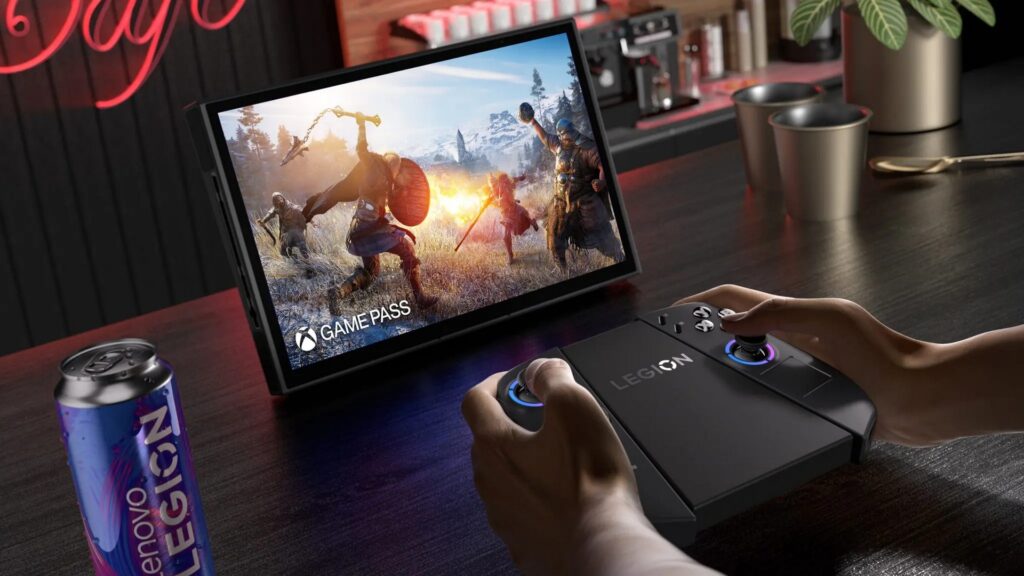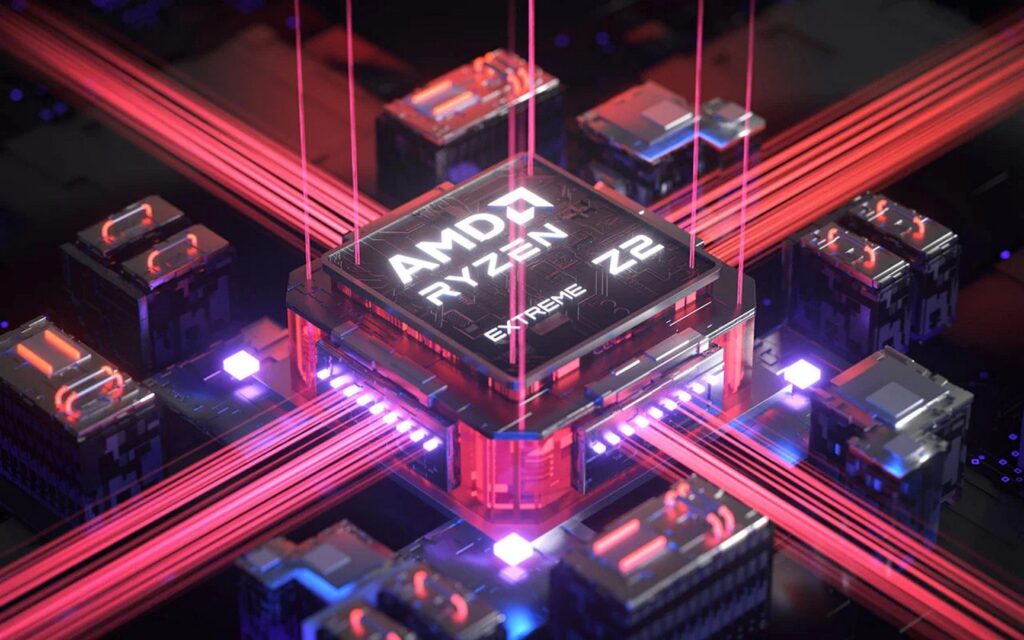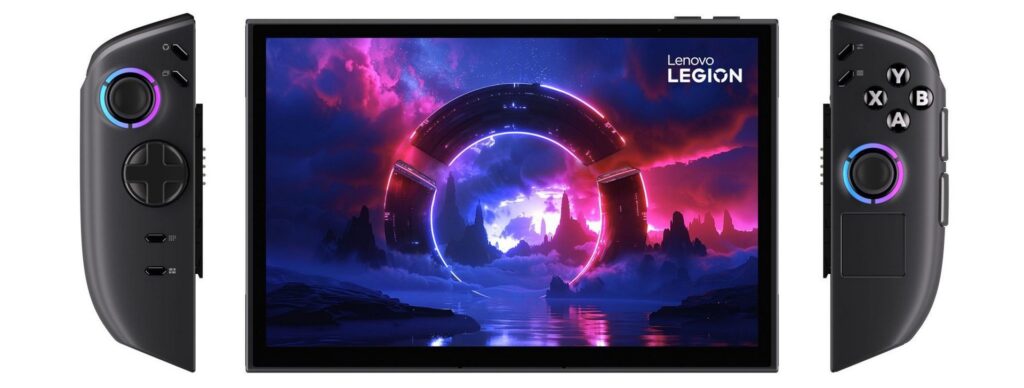Lenovo Legion Go 2 Officially Launched

Lenovo has officially unveiled the successor to its popular handheld gaming PC, the Legion Go. First revealed a few months ago, the new model, often referred to as the Legion Go 2 or Legion Go (8.8″, 2), builds on its predecessor’s success with significant improvements in display, performance, and ergonomics, positioning itself as a top-tier contender in the portable gaming market.
The most notable upgrade is the stunning new display. The new Legion Go 2 features a native landscape 8.8-inch WUXGA (1920 x 1200) OLED screen with a fast 144Hz refresh rate, VRR (Variable Refresh Rate) support, and HDR TrueBlack 1000 certification. This is a significant leap from the previous LCD panel, promising deeper blacks, more vibrant colours, and smoother visuals for an enhanced gaming experience.

Under the hood, the device is powered by an AMD Ryzen Z2 Extreme processor and comes equipped with up to 32GB of 8000MHz LPDDR5X RAM, a substantial bump from the first generation’s 16GB. Storage has also been upgraded, with options for up to 2TB PCIe Gen 4 SSD and a microSD slot for further expansion up to an additional 2TB. The battery capacity has been increased to a robust 74Whr, a 50% increase over its predecessor, to handle the more demanding components and provide longer gaming sessions.
The detachable TrueStrike controllers have been redesigned for improved ergonomics, offering a smoother feel and a smarter button layout. These new controllers are also backwards-compatible with the original Legion Go. Other improvements include the addition of a second USB4 port, giving the device two ports in total, and a fingerprint reader integrated into the power button for quick and secure log-in.

The new Legion Go 2 will launch with a premium price point, starting at approximately USD 1,099, a notable increase from the first generation’s launch price of USD 699. This higher price reflects Lenovo’s strategy to position the device as a legitimate, standalone gaming PC capable of replacing a gaming laptop for many users. While a specific launch date has not been confirmed for Malaysia at the time of writing, it’s expected to be available in the region sometime in the future.



